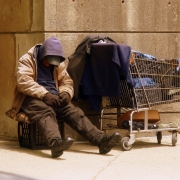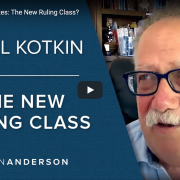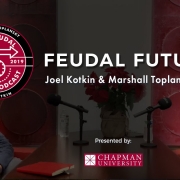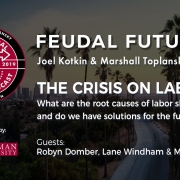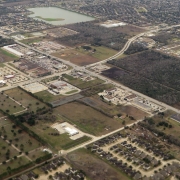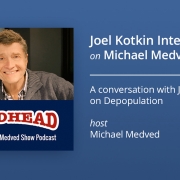The Collapse of California
If one were to explore the most blessed places on earth, California, my home for a half century, would surely be up there. The state, with its salubrious climate, spectacular scenery, vast natural resources, and entrepreneurial heritage is home to the world’s fifth-largest economy and its still-dominant technological centre. It is also — as some progressives see it — the incubator of “a capitalism we can believe in”.
Perhaps channelling such hyperbole, President Biden recently suggested that he wants to “make America California again”. Yet before leaping on this particular train, he should consider whether the California model may be better seen as a cautionary tale than a roadmap to a better future in the digital age.
The on-the-ground reality — as opposed to that portrayed in the media or popular culture — is more Dickensian than utopian. Rather than the state where dreams are made, in reality California increasingly presents the prototype of a new feudalism fused oddly with a supposedly progressive model in which inequality is growing, not falling.
California now suffers the highest cost-adjusted poverty rate in the country, and the widest gap between middle and upper-middle income earners. It also has one of the nation’s highest Gini ratios, which measures the inequality of wealth distribution from the richest to poorest residents — and the disparity is growing. Incredibly, California’s level of inequality is greater than that of neighboring Mexico, and closer to Central American countries like Guatemala and Honduras than developed nations like Canada and Norway.
It is true that California’s GDP per capita is far higher than these Central American countries, but the state has slowly morphed into a low wage economy. Over the past decade, 80% of the state’s jobs have paid under the median wage — half of which are paid less than $40,000 — and most are in poorly paid personal services or hospitality jobs. Even at some of the state’s most prestigious companies like Google, many lower (and even mid-level) workers live in mobile home parks. Others sleep in their cars.
The state’s dependence on low-wage service workers has been critical in the pandemic, but it now suffers among the highest unemployment rates in the nation, outdone only by tourism-dominated states like Hawaii, Nevada and New Jersey. Los Angeles, the home of Hollywood, now has the highest unemployment rate of the nation’s top ten metropolitan areas, higher even than New York.
But that hasn’t stopped California from portraying itself as a progressive’s paradise, publicly advocating racial and social justice. The state just passed a Racial Justice Act to monitor law enforcement, endorsing reparations (although California was never a slave state) and is working to address “systemic” racism in its classrooms. This “woke” agenda was taken to a new extreme this week when the San Francisco School Board decided to rename 44 schools because they were named after people connected to racism or slavery. The district’s Arts Department, originally known as “VAPA”, also decided to re-brand because “acronyms are a symptom of white supremacy culture”.
Read the rest of this piece at UnHerd.
Joel Kotkin is the author of The Coming of Neo-Feudalism: A Warning to the Global Middle Class. He is the Presidential Fellow in Urban Futures at Chapman University and Executive Director for Urban Reform Institute. Learn more at joelkotkin.com and follow him on Twitter @joelkotkin.
Homepage photo: Matthew Woitunski via Wikimedia, under CC 3.0 License.

